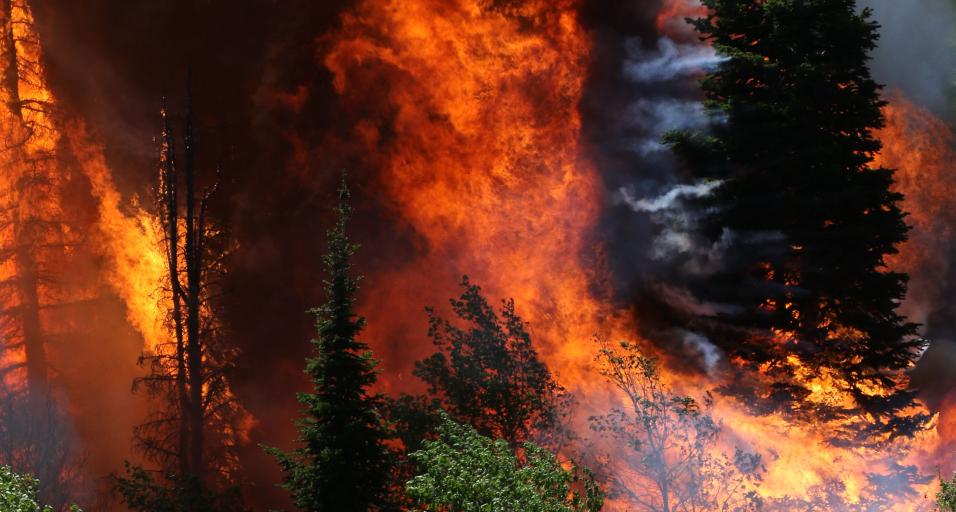Following up on Fire
Revisiting burned areas to monitor vegetation response after a fire is very important, whether it's in a prescribed burn or a wildfire. Monitoring how plants and vegetation communities respond helps guide future habitat treatment prescriptions as well as post-fire management decisions, such as if and when to combat invasive plant species, such as cheatgrass.
During this field season, Game and Fish Habitat Biologists collected vegetation response data within several wildfires from recent years, including one that occurred just last month. In addition, data was collected on prescribed burns from the last couple of years, as well as some treatments that were conducted a decade ago. Monitoring includes recording the amount of bare ground, number of aspen stems per acre, locating cheatgrass and other invasive plants, as well as investigating how antelope bitterbrush responds to fire. Both aspen and antelope bitterbrush are important plants for mule deer and a host of other wildlife species.
"All the data collected this field season will be analyzed during the winter months," said Game and Fish Pinedale Habitat Biologist, Troy Fieseler. "But anectdotally, the vegetation response is looking good across all the fires we looked at. Each fire is unique and provides a great opportunity for learning when it comes to planning future wildlife habitat treatments, or how we respond after wildfires."
Below are before-and-after photos from the 2018 Roosevelt Fire near Bondurant.
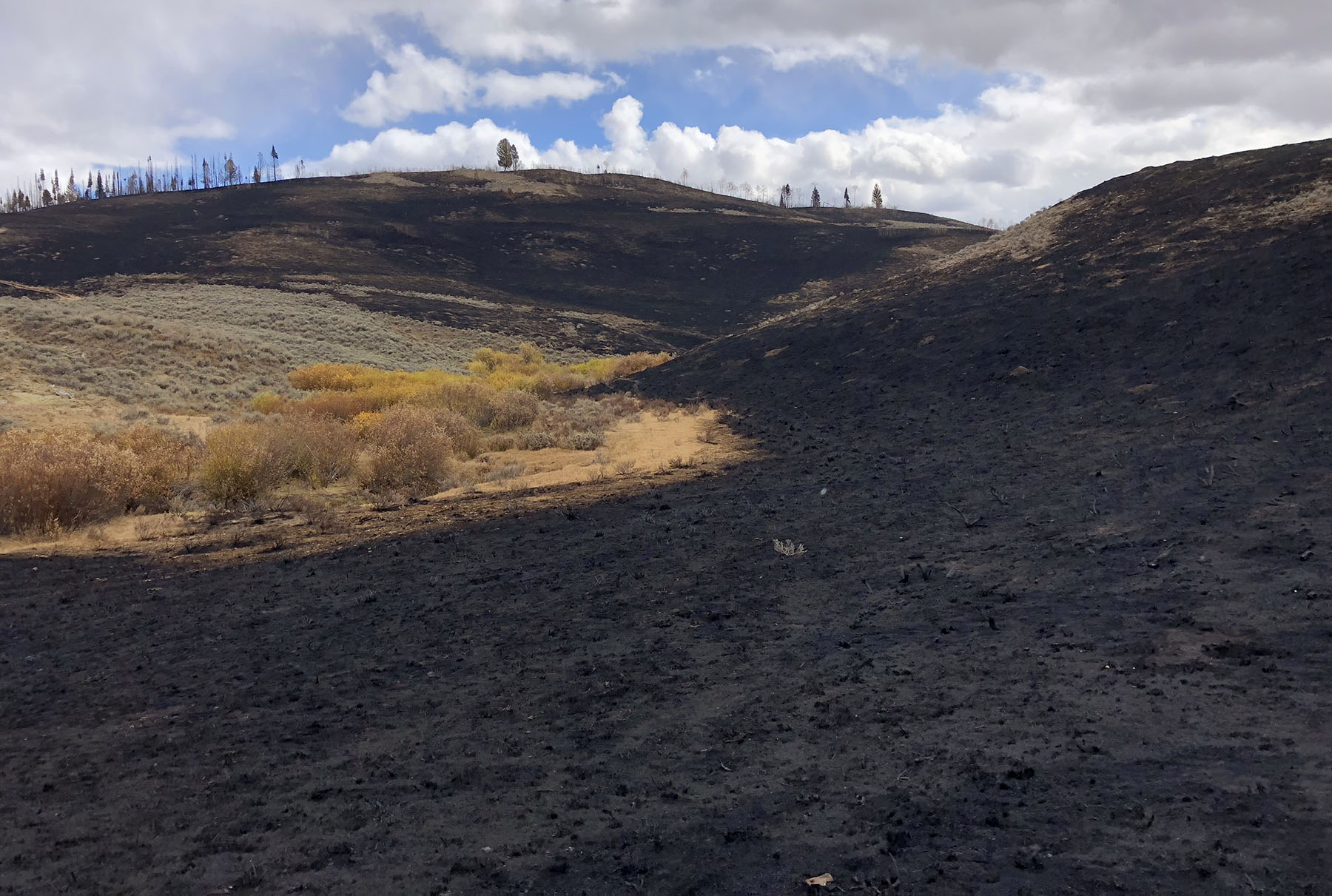
Roosevelt Fire, immediate post-burn, 2018
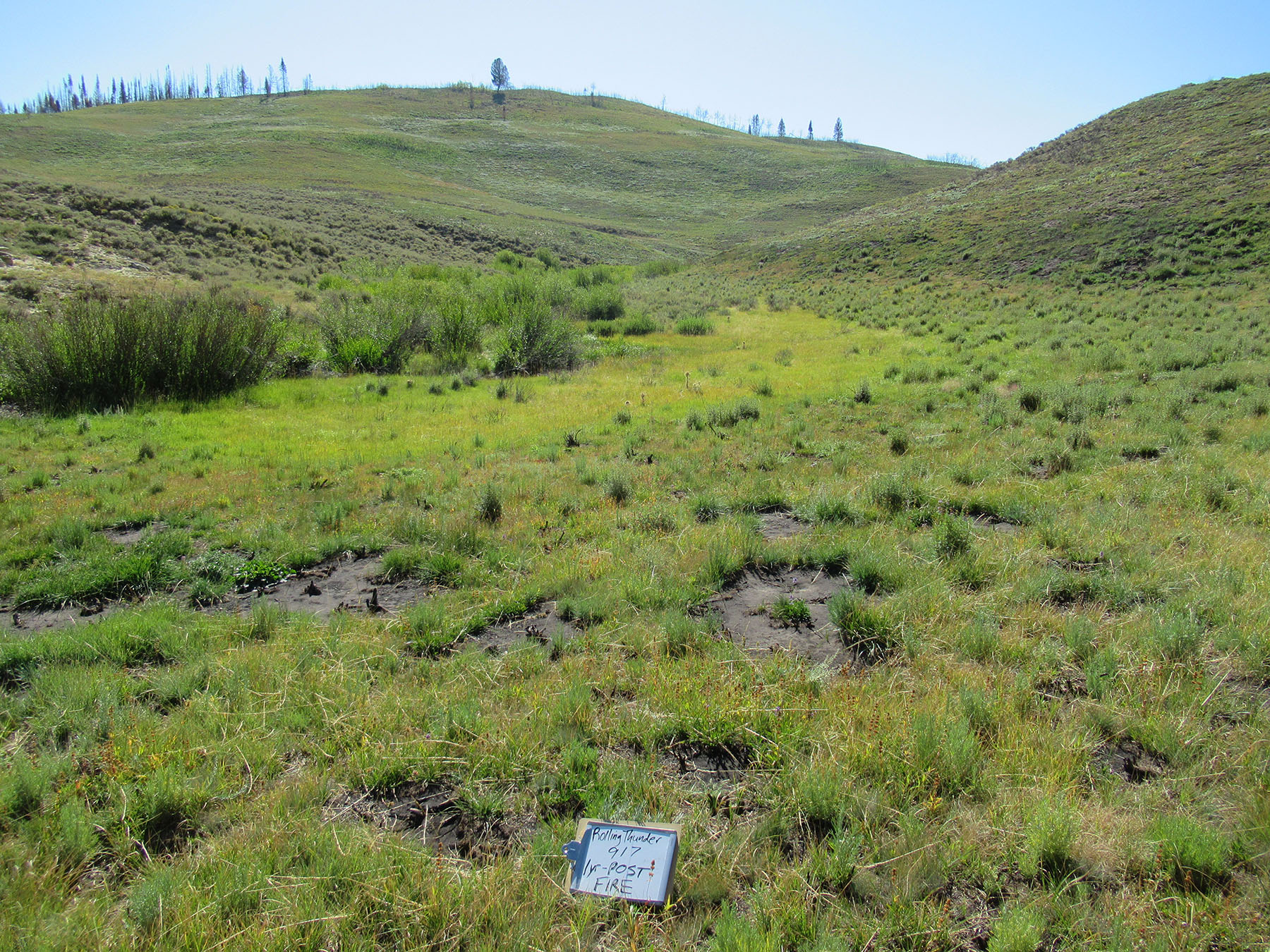
Roosevelt Fire, one year post-burn, 2019
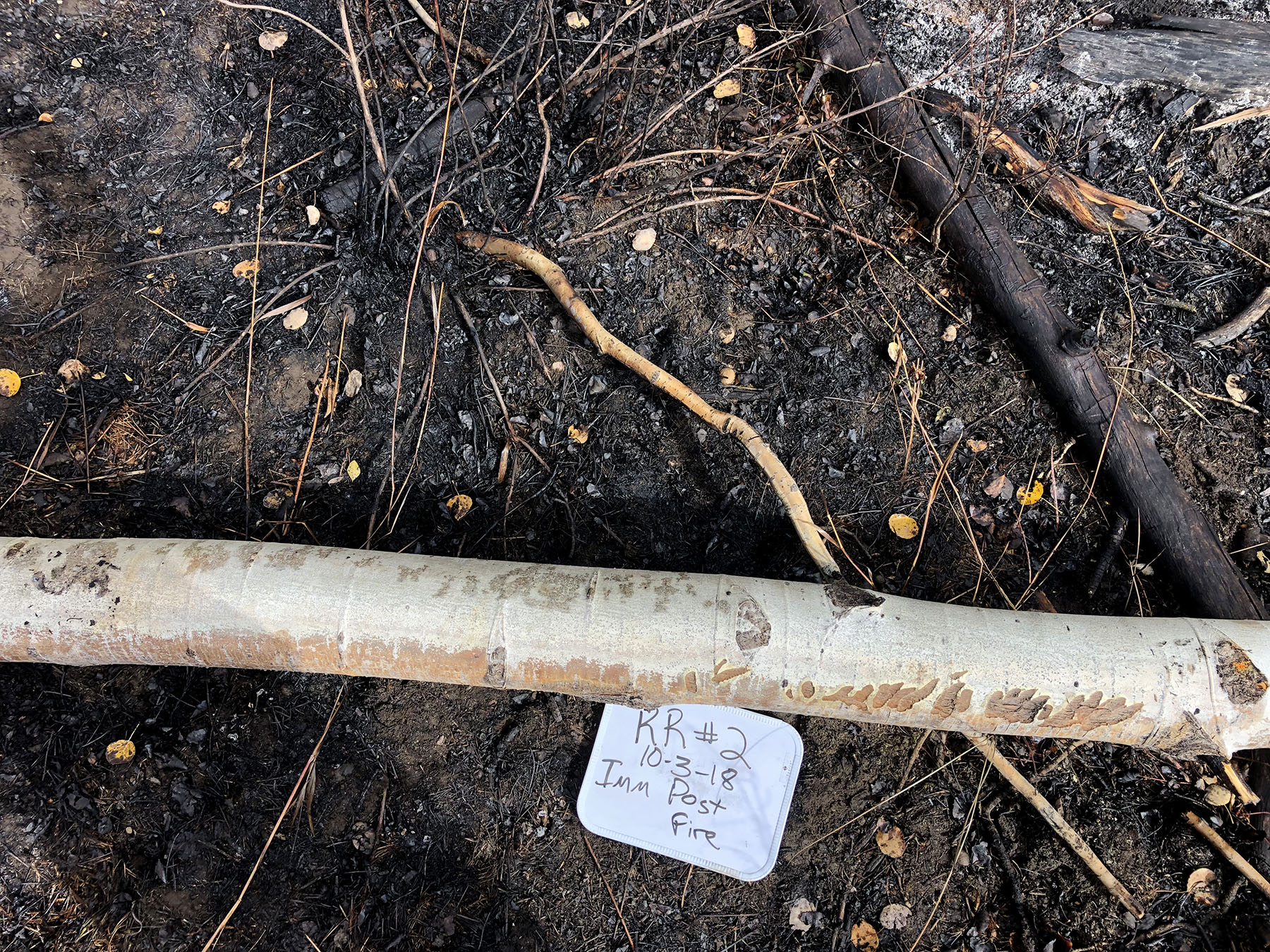
Roosevelt Fire, immediate post-burn, 2018
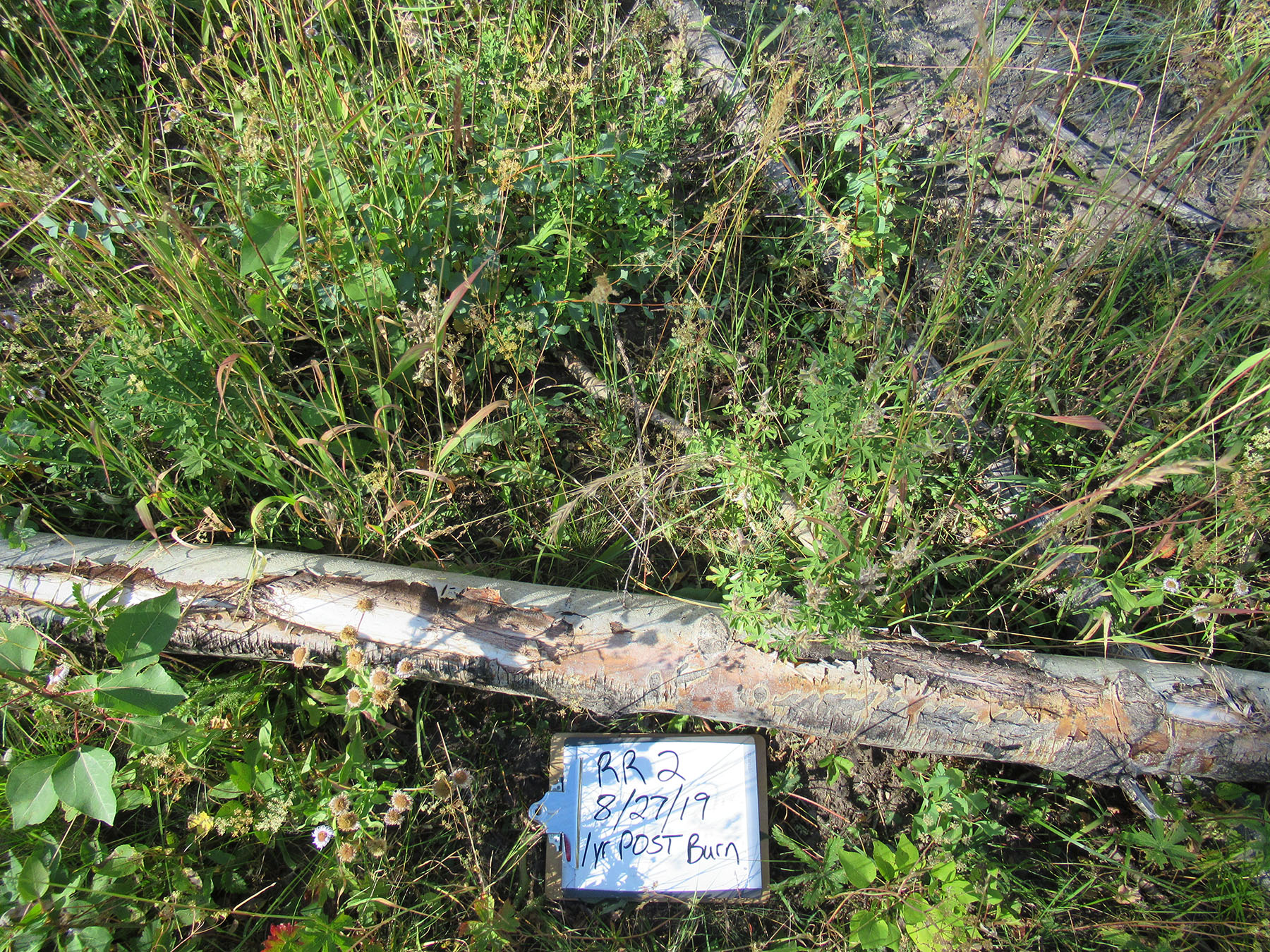
Roosevelt Fire, one year post-burn, 2019
During this field season, Game and Fish Habitat Biologists collected vegetation response data within several wildfires from recent years, including one that occurred just last month. In addition, data was collected on prescribed burns from the last couple of years, as well as some treatments that were conducted a decade ago. Monitoring includes recording the amount of bare ground, number of aspen stems per acre, locating cheatgrass and other invasive plants, as well as investigating how antelope bitterbrush responds to fire. Both aspen and antelope bitterbrush are important plants for mule deer and a host of other wildlife species.
"All the data collected this field season will be analyzed during the winter months," said Game and Fish Pinedale Habitat Biologist, Troy Fieseler. "But anectdotally, the vegetation response is looking good across all the fires we looked at. Each fire is unique and provides a great opportunity for learning when it comes to planning future wildlife habitat treatments, or how we respond after wildfires."
Below are before-and-after photos from the 2018 Roosevelt Fire near Bondurant.
Roosevelt Fire, immediate post-burn, 2018
Roosevelt Fire, one year post-burn, 2019
Roosevelt Fire, immediate post-burn, 2018
Roosevelt Fire, one year post-burn, 2019
Mark Gocke, Public Information Specialist, 307-249-5811

